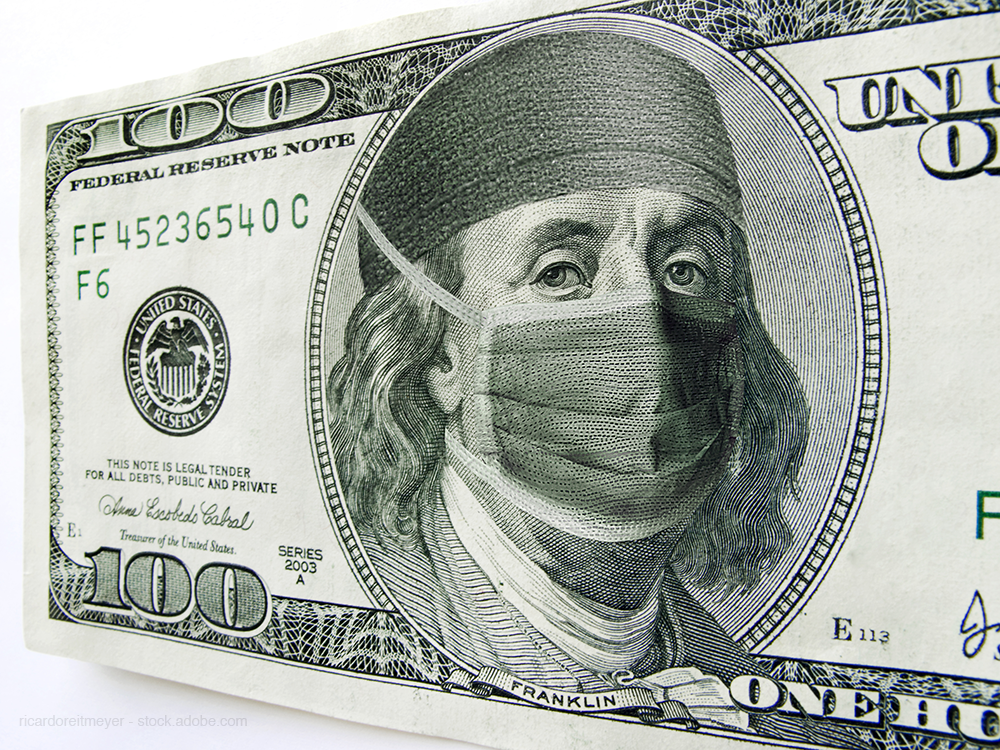Insurers Expect to Pay Record $1.3B in Rebates
They must begin issuing payment by September 30.

Private insurance companies are expecting to pay out a record of at least $1.3 billion in rebates to consumers this fall across all markets, surpassing the previous record high of $1.1 billion in 2012, according to a new study by the Henry J. Kaiser Family Foundation (KFF).
The amount varies by market, with insurers reporting at least $743 million in the individual market, $250 million in the small group market, and $284 million in the large group market, according to analysis of data reported by insurers to CMS.
The Medical Loss Ratio (or MLR) requirement of the ACA limits the portion of premium dollars health insurers may use for administration, marketing, and profits. Under the ACA, health insurers must publicly report the portion of premium dollars spent on healthcare and quality improvement and other activities in each state in which they operate. The MLR provision requires insurance companies that cover individuals and small businesses to spend at least 80% of their premium income on healthcare claims and quality improvement, leaving the remaining 20% for administration, marketing, and profit.
Rebates are the result of insurance companies not meeting the ACA’s medical loss ratio threshold. By law, insurers have until September 30 to begin issuing rebates.
Related: Drug Price Reform Takes Off in 2019
Rebates will vary by state. The states with the largest expected rebates in total include Virginia ($149.6 million), Pennsylvania ($130 million), and Florida ($107.4 million). In about 13 states, insurers are not expecting to pay any rebates at all.
In the individual market alone, insurers will pay out the highest rebates in Virginia ($111.3 million), followed by Arizona ($92.3 million), and Texas ($80.4 million). On a per subscriber basis, insurers will pay the highest rebates in Pennsylvania ($990 per subscriber), Virginia ($770 per subscriber), and Minnesota ($670). Virginia ranks high largely because one insurer, Sentara (also known as Optima), had the highest individual premiums in the country in 2018 and now owes especially large rebates
Rebates also will vary by insurer. Other insurers issuing large rebates across the individual market include Centene (at least $216.9 million), HCSC ($78.5 million), Cigna ($55.9 million), and Highmark ($50.8 million). These insurers tend to have high enrollment and participate in a number of states.
Payers may issue the rebates in the form of a check to consumers or as a credit applied to the premiums consumers must pay. For people with employer coverage, the rebate may be shared between the employer and employee.
Breaking Down Health Plans, HSAs, AI With Paul Fronstin of EBRI
November 19th 2024Featured in this latest episode of Tuning In to the C-Suite podcast is Paul Fronstin, director of health benefits research at EBRI, who shed light on the evolving landscape of health benefits with editors of Managed Healthcare Executive.
Listen
In this latest episode of Tuning In to the C-Suite podcast, Briana Contreras, an editor with MHE had the pleasure of meeting Loren McCaghy, director of consulting, health and consumer engagement and product insight at Accenture, to discuss the organization's latest report on U.S. consumers switching healthcare providers and insurance payers.
Listen
Prime Therapeutics Finds No Medical Cost Offsets for GLP-1 Obesity Drugs | AMCP Annual 2025
April 1st 2025A Prime Therapeutics analysis of real-world data has found that medical costs for patients taking GLP-1 drugs for obesity had increased by about $1,338 per member, compared with a matched control group.
Read More